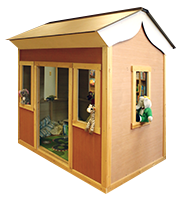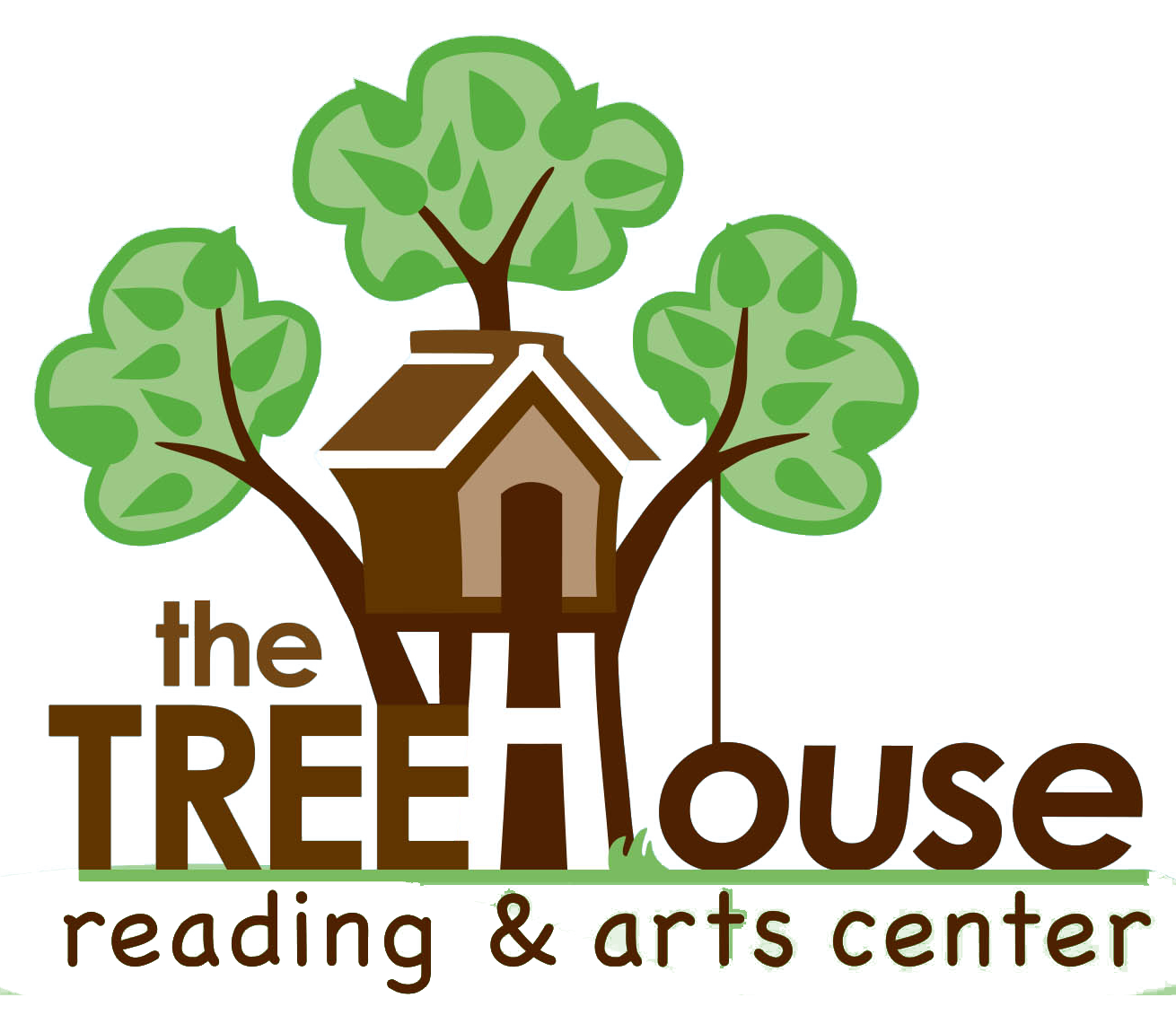I have to admit that I’m most excited to talk about choices for read alouds because children’s books are my thing. Honestly, children come in to my house and are astounded by the kids books they see. And, though my kids have pretty full bookshelves, I have to admit that in this case it’s my personal children’s book collection that is shocking. I read picture books, chapter books, young adults on my own. Partly because it’s my job to teach others about them, but partly because there’s a lot of good books out there!
I vividly remember the moment during grad school when I needed a break from all the stress so I went to the college bookstore -to the “regular books” section – and picked up this new book everyone was talking about at the time… Harry Potter and the Sorcerer’s Stone. Now, I’m not saying that it’s strange that I heard about it and picked it up that day. It’s just strange that I remember the exact moment that I connected myself to that book and have categorized it somewhere in my consciousness as an important life moment. Choosing a great book can be an important moment!
My children’s literature students always roll their eyes when they hear me say, “This is my favorite book!” because I say it so often about so many different books. After this post, I’ll regularly write a weekly “short post” that highlights a few of my favorite books and why. That’s where you’ll learn about specific titles. In the meantime, let’s talk about some general characteristics of good read aloud choices.
1. Choose a topic or genre (realistic fiction, historical fiction, fantasy, science-fiction, folktales, poetry, nonfiction) that interests your child.
2. Choose a topic or genre that interests you. [You (right now): What kind of dream world are you living in, lady? My kid and I just can’t agree on what’s interesting! Me: I get it. The first two items on this list may seem like a tall order. But if your child doesn’t care at all about what you’re reading to him/her, we know that won’t go well. And if you can’t feign any interest as you’re reading then I predict you won’t read with expression or excitement. And your child will pick up on a subtle cue that reading is boring or a chore. So, really look for some common ground. Maybe it’s common ground that’s new to both of you.]
3. When choosing a chapter book, look for something that leaves both you and your child anticipating what will happen next and eager to continue the next day. If both you and your child say, “can we read one more chapter?” when you get to a previously designated stopping point, then you know you’ve found something that’s really capturing your attention.
4. Don’t forget about short stories or poetry. Even jokes and riddles.
5. Even with older children, there are many very appropriate picture books that might be perfect choices.
6. Some nonfiction books may seem more difficult to read aloud. However, exploring different types of nonfiction can offer great models of how to approach these texts.
1. narrative nonfiction: this is nonfiction that is written like a story, but it is true. (I don’t mean historical fiction – that’s different.) This is where an author tells the story of a nonfiction topic. This might be a good place to start with nonfiction
2. more “traditional” nonfiction texts are a LOT more interesting than what you may remember from your childhood experiences. The design, format, and illustrations in nonfiction books are very creative these days and very engaging
7. Don’t chose books designed to teach phonics or specifically to practice reading for a read loud. If kids have heard you read these books, which make excellent educational tools, so much that they have the books memorized, these books then lose their power as a teaching tool.
8. Choose books with great new vocabulary. These helps kids hear and learn new words and this is such a powerful aspect of reading aloud.
9. Choose books that help you and your child think and talk about a current event or personal event or even an emotion your child is dealing with.
10. I believe strongly that we should not censor books. Yes, you may wait until your child is ready for a topic or for a writing level. Certainly they might not understand a book that is far above their level of listening comprehension. Making those choices are wise. But so often we censor books because we don’t like a word used (e.g. “hate” or “jerk” are the ones I hear most). But if a book has a character that is being mean, my guess is that that is the conflict that the book is then going to resolve. Rather than censor that book because a character said something mean, see the POWER of that book in opening up a forum in which you can talk about the situation or event in the book. As an example, my kids loved Junie B. Jones. Sure, she’s naughty. And she doesn’t use “adult english” but rather says words incorrectly the way kids often say words. But the reason kids think it’s funny is because they get it. They know she’s behaving badly. They know she shouldn’t do what she’s doing. But, she usually gets in trouble or has to fix the mess she’s made. I”ll bet that kids often have thought about the situations Junie B. gets herself in and maybe even contemplated some of the things she’s done at some point in their life (and then hopefully thought better of it!) The books are funny to kids because they see what might have played out in those situations. So, in general, have faith in your children that they know the right thing to do. These books won’t convince them to misbehave. But your talking about the situations in the books might convince them NOT TO misbehave. If you censor the book, you’ve also censored a great conversation about character and values.
11. HAVE FUN!P Play! BE SURPRISED! Kids love funny books. Books that intrigue or surprise them. Kids will ask for the same funny book over and over. Indulge them. If they are having fun and are engaged and interacting, even ‘playing’ along with the book, what more could we ask for? There’s time for serious reading, too, of course. But let yourself be the fun parent who isn’t afraid to jump in and read, laugh, and play along. That’s the message we want to send about reading and maybe about the time we spend reading with your children, too!
On that note, my first list of favorite books will highlight some of my most favorite fun and playful books.
What if your pediatrician could make a specific medicine for you each month to help your child progress and develop? They can’t. But I can. Think of it like your reading prescription!
The Reading Dr Prescription Book Club – Receive monthly collections of books designed specifically for you and your child based on their age, interest, reading level, and family preferences. The selection will definitely include read alouds each month. If your child is old enough, it will also include books on the appropriate level for them to read to you. Each month’s prescription of books will be wrapped and will include a note written to your child. Want to sign up? Here’s HOW!!! {I understand that it’s possible there may at some point be a duplicate. If that occurs, we’ll have a few options, such as gifting the duplicate to a friend so they can share the joy and letting me know so I can make it up to you with an extra book the next month.}



